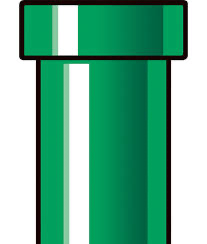What is Narrow-Angle Glaucoma?
Michael Ng
Narrow-angle glaucoma happens when the space in the eye where fluid drains becomes too narrow or gets blocked. This can cause fluid to build up inside the eye, leading to a sudden increase in pressure. If the pressure gets too high, it can damage the optic nerve and cause vision loss. This is called an **acute angle-closure attack**, and it’s an emergency.
Symptoms of an attack include:
- Severe eye pain
- Blurry vision
- Seeing halos around lights
- Headache, nausea, or vomiting
Sometimes, narrow angles don’t cause symptoms until an attack happens, which is why it’s important to catch it early.
Why Do We Need LPI?
Laser Peripheral Iridotomy (LPI) is a quick and safe laser procedure that helps prevent or treat narrow-angle glaucoma. During LPI, the doctor uses a laser to make a tiny hole in the colored part of the eye (the iris). This hole lets fluid flow more easily inside the eye, which:
1. Lowers eye pressure: This reduces the risk of a sudden, dangerous pressure spike.
2. Prevents future attacks: LPI is often done to stop an attack from happening in the first place.
3. Protects your vision: By keeping the eye pressure under control, LPI helps prevent damage to your vision.
In simple terms, LPI is like creating a "safety valve" for the eye. It’s a quick and effective way to prevent serious vision problems caused by narrow-angle glaucoma. If your doctor recommends LPI, it’s to keep your eyes healthy and protect your sight! 😊
